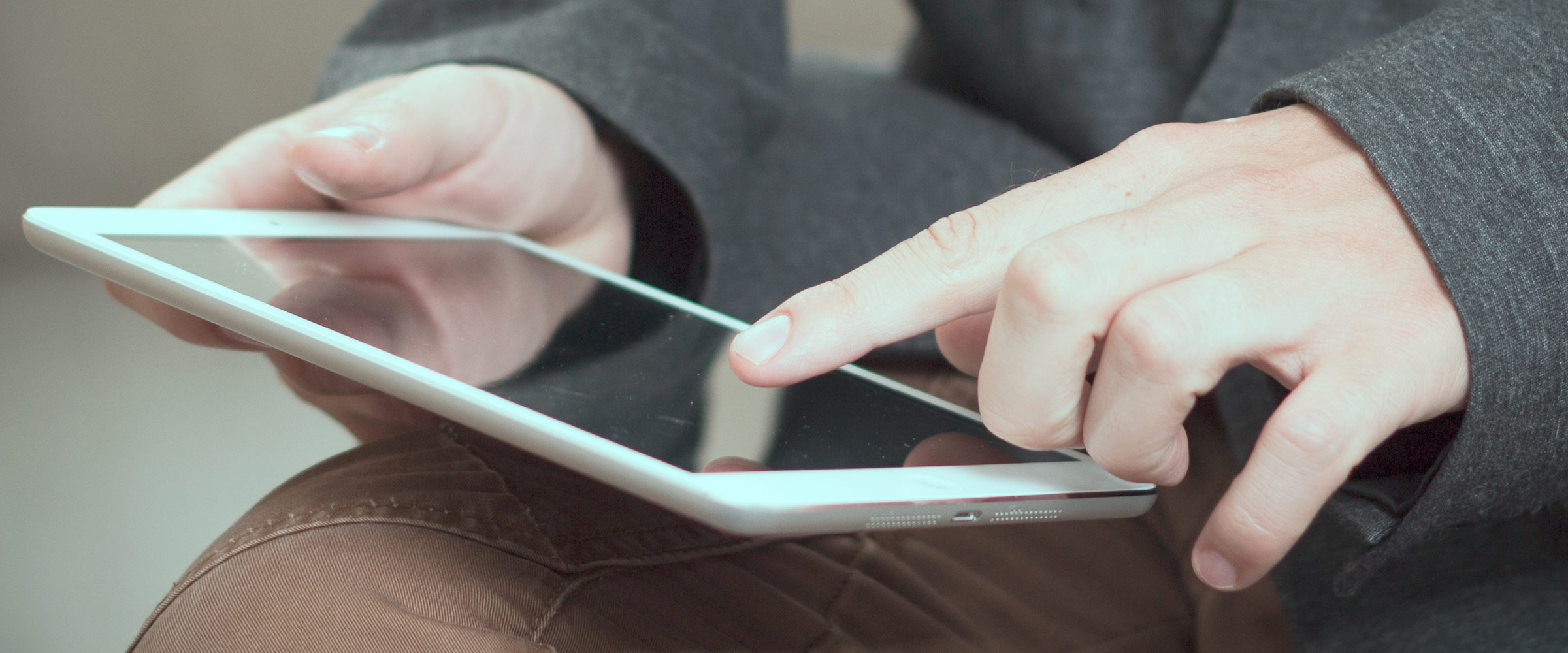When we try to make rules about technology in the post-secondary classroom, we run into a very serious dilemma.
Lots of research shows that laptops and other devices that can be used to access the Internet have the potential to hurt students’ learning. Students who take notes using the old-fashioned paper-and-pencil approach do better than students who try to multitask on their computers (Wood et al., 2012). It’s kind of obvious, really – I don’t think anyone would be astonished to learn that chatting on Facebook in the middle of a lecture is going to adversely affect a student’s ability to attend to and retain information from the lecture! One could argue that such self-inflicted wounds are simply the student’s own fault. Too bad it hurts them, sure, but they made their choice.

Unfortunately, it doesn’t end there.
Research also demonstrates that students who are simply seeing their peers goofing off are going to be hurt as well. When students are assigned to sit behind someone else who is multitasking on their own computer, their performance suffers (Sana, Weston, & Cepeda, 2013). Essentially, innocent bystanders are also being hurt by students’ internet use. Thus, we can’t say that pursuit of online distractions is just a bad choice made by individuals. In response to these findings, many instructors are now making rules about technology in the lecture hall, sometimes banning the use of laptops and other technologies entirely.
There’s another problem with technology, though, and that’s where our dilemma comes in. It may very well be true that the average student will do better with paper and pencil than laptops, but that does not necessarily mean that all students will do better under those circumstances. Individuals differ in their interests, abilities, and learning styles, and some of us will actually depend on technology. Many students with disabilities are particularly dependent on technology. We might have access to specific software or hardware as a formal accommodation, or we might simply use the technology widely available to the public to make our own little informal accommodations for ourselves.
Essentially, if we ban technology, we are hurting some of the most vulnerable students and infringing on their rights to access accommodations.
Now, one could say that students with disabilities can be exempted from a technology ban. But this doesn’t resolve our dilemma, because this can put students with disabilities in a very uncomfortable position indeed. We’re asking these students to use technologies when everybody else has been forbidden from doing so. At least two major problems arise:
Students with disabilities can often feel guilty about “special treatment.” Yes, maybe we intellectually recognize that we only need accommodations because the world has been set up for people without disabilities, but that intellectual realization doesn’t always save us from the emotion of guilt. Banning everyone else’s technology, but leaving ours alone, will only exacerbate our discomfort. A student using technology in a classroom where technology is banned is going to stick out like a sore thumb. Furthermore, if technology has been banned for everyone except students with disabilities, many students will correctly deduce that a student using technology has a disability. In our world, where there is still so much stigma around disability, we have the right to choose whether we disclose our disabilities or not. Forcing students to risk outing themselves to an entire class in order to access basic technology-related accommodations is taking away that right.

Indeed, some students with disabilities might be so uncomfortable using technology under a technology ban that they would rather forgo their technology-related accommodations and struggle along as best as they can.
Thus, our dilemma: if we don’t ban technology, we risk hurting innocent bystanders who can get distracted by their peers’ use of technology. If we do ban technology, we hurt students with disabilities and arguably infringe on their rights to access accommodations. What do we do? Neither option is particularly attractive.
Well, fortunately, there’s another option. We don’t have to ban technology across the entire classroom, just part of it. We can establish two zones: the “tech zone” and the “tech-free zone.” Students in the tech zone get to use their computers, but students who choose to sit in the tech-free zone have to leave them behind. Unfortunately, when instructors do establish tech-free zones, you’ll often see this zone relegated to the back rows of the classroom. This is far from ideal. Some students with disabilities may both need to access technology and sit near the front, where they can get a good view of the lecture. Thus, if at all possible, I think this zone should run lengthwise through the classroom.

The tech zone could be on the left side of the room and the tech-free zone could be on the right, or vice versa. If there’s a convenient aisle, we can make this the boundary between the zones.
When we choose which side should be the tech-zone and which should be tech-free, we should consider the orientation of the seats. Often, there might be a little unfolding seat tray on the right side of the chair, for right-handed people. We want the laptops of students in the tech zone to face away from the tech-free zone, so if the tray is on the right side of seat, the tech zone should be in the left side of the room. If there’s no tray, we could consider explicitly asking students near the border to tilt their laptops in the desired direction.
We could also invite students who are especially determined to chat on social media for the duration of the lecture to sit at the very edge of the classroom, adjacent to the left (or right) wall, with their laptops tilted away from everyone. (Although really, if they’re going to spend the whole lecture goofing off, why bother showing up at all?)
When we have our two-zone system in place, students can freely choose to sit where technology is being used or where it is banned, and furthermore, they’ll retain the ability to sit at the front or back according to their preference. Anyone who sits in the tech zone does so by choice and has accepted any adverse effect on their academic performance, and the rights of students with disabilities are respected.
What do you think of this solution?
Do you have other ideas? Relevant experiences?
Please comment and share your thoughts!
Interested in learning more about technology in the classroom? Consider Autism, STEM, and Universal Design for Learning (UDL): How to Support Variability in Learning Environments, Assistive Tech to Support Autistic Students in the Classroom, and Three Assistive Technologies Autistic Students Should Know.
References
Sana, F., Weston, T., & Cepeda, N. J.
(2013). Laptop multitasking hinders classroom learning for both users and
nearby peers. Computers & Education,
62, 24-31. https://doi.org/10.1016/j.compedu.2012.10.003
Wood, E., Zivcakova, L., Gentile, P.,
Archer, K., De Pasquale, D., & Nosko, A. (2012). Examining the impact of
off-task multi-tasking with technology on real-time classroom learning. Computers & Education, 58(1), 365-374. https://doi.org/10.1016/j.compedu.2011.08.029





